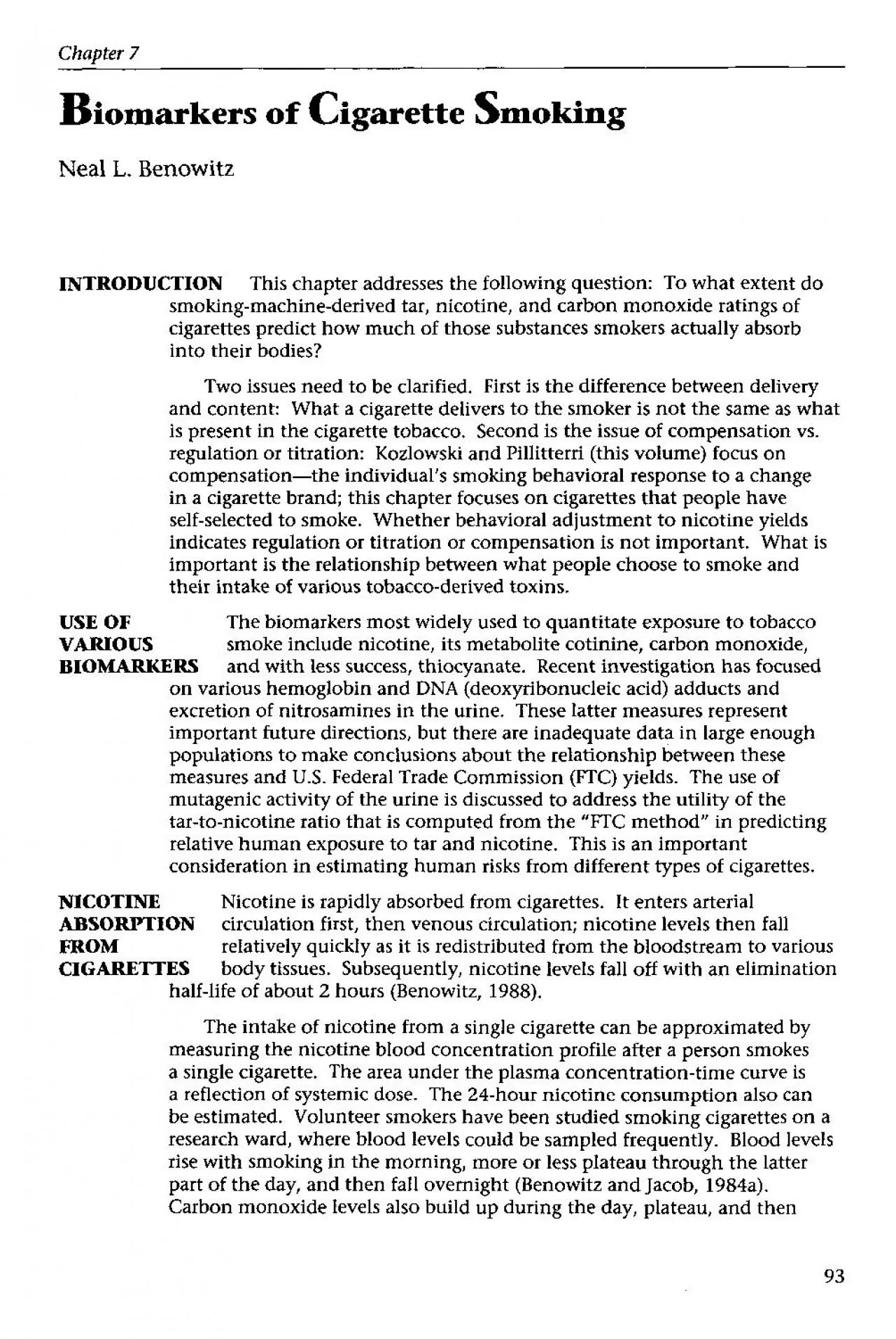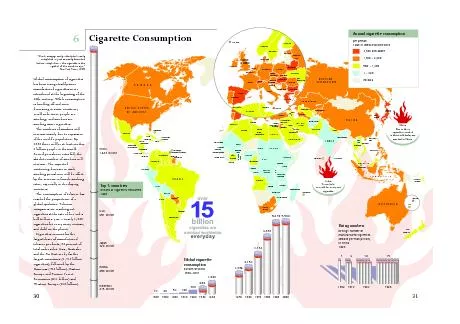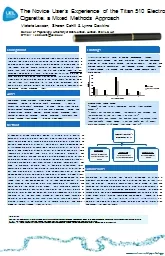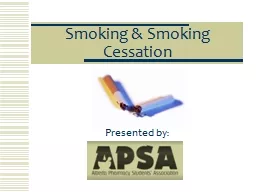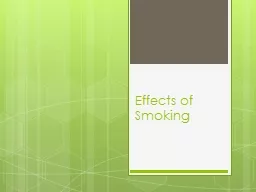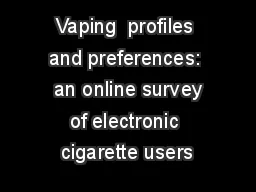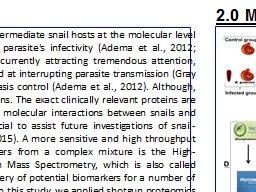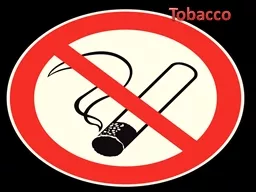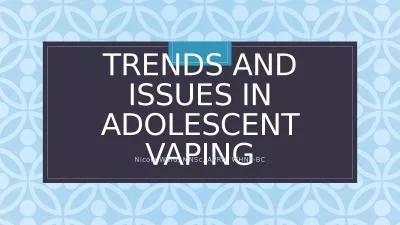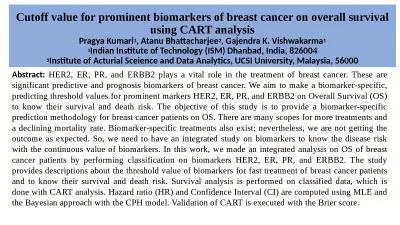PDF-Biomarkers of Cigarette Smoking
Author : jade | Published Date : 2022-08-25
Chapter 7 Neal L Benowitz what extent smokingmachinederived tar nicotine carbon monoxide cigarettes predict how much substances smokers actually absorb into their
Presentation Embed Code
Download Presentation
Download Presentation The PPT/PDF document "Biomarkers of Cigarette Smoking" is the property of its rightful owner. Permission is granted to download and print the materials on this website for personal, non-commercial use only, and to display it on your personal computer provided you do not modify the materials and that you retain all copyright notices contained in the materials. By downloading content from our website, you accept the terms of this agreement.
Biomarkers of Cigarette Smoking: Transcript
Download Rules Of Document
"Biomarkers of Cigarette Smoking"The content belongs to its owner. You may download and print it for personal use, without modification, and keep all copyright notices. By downloading, you agree to these terms.
Related Documents

